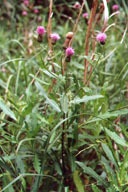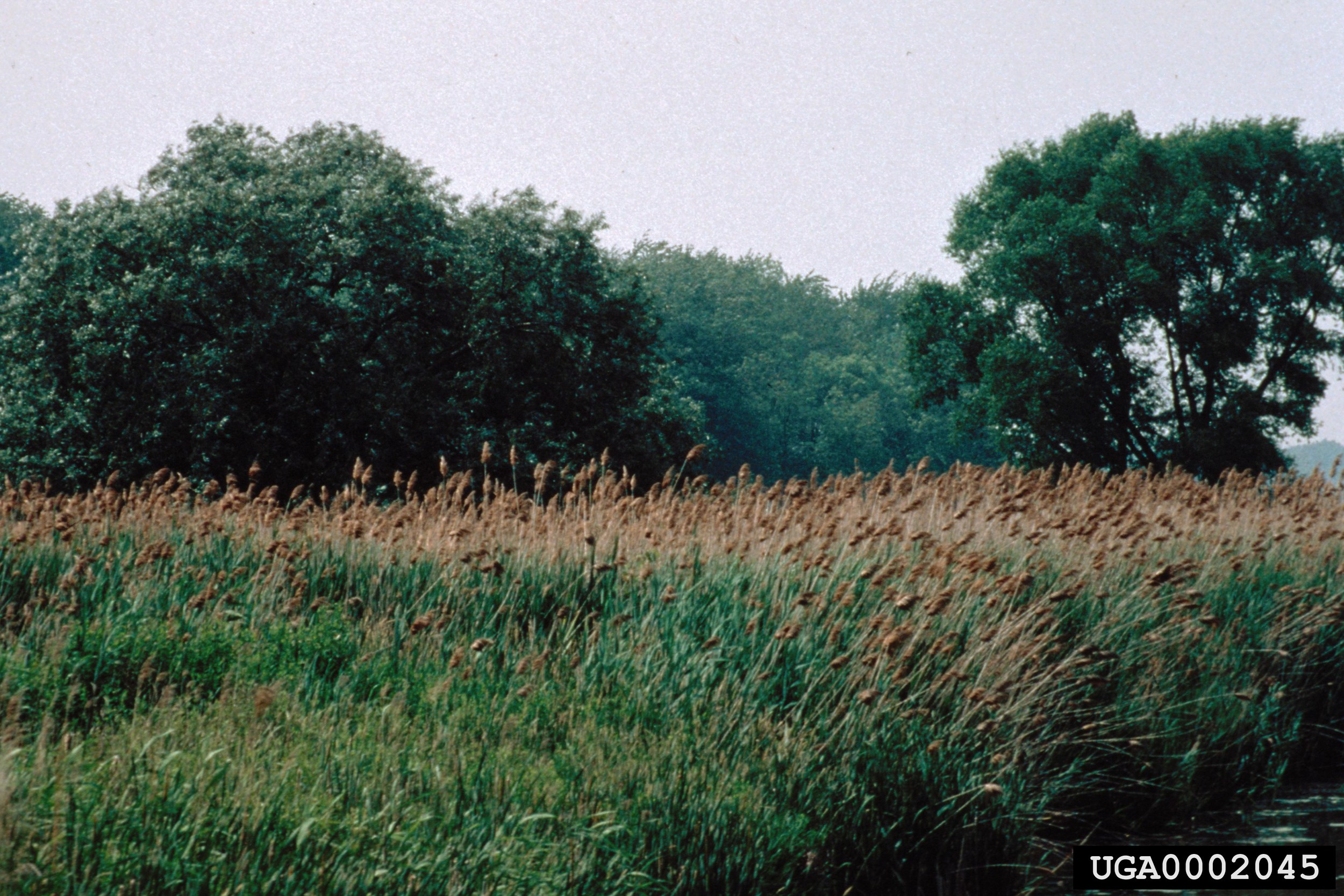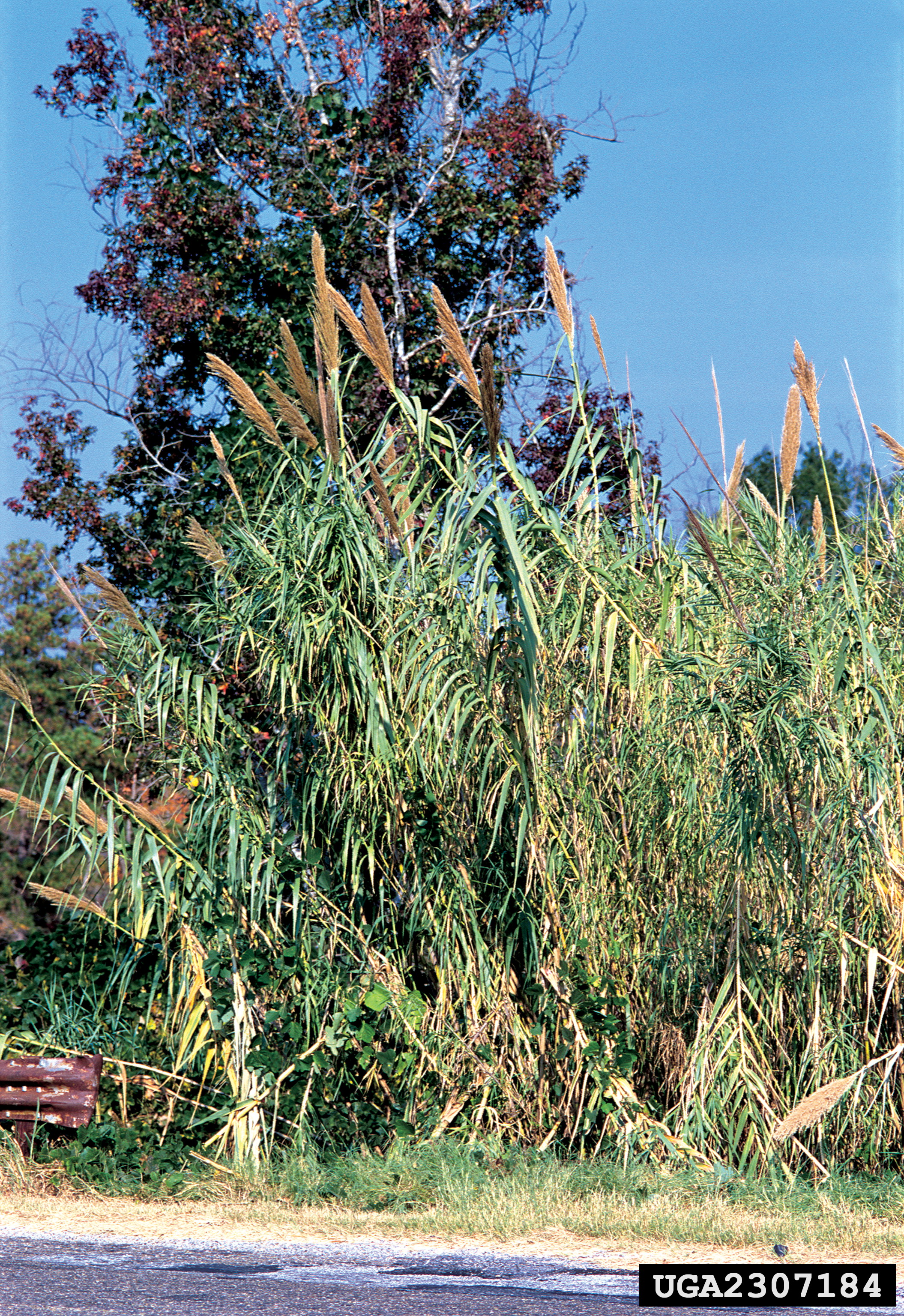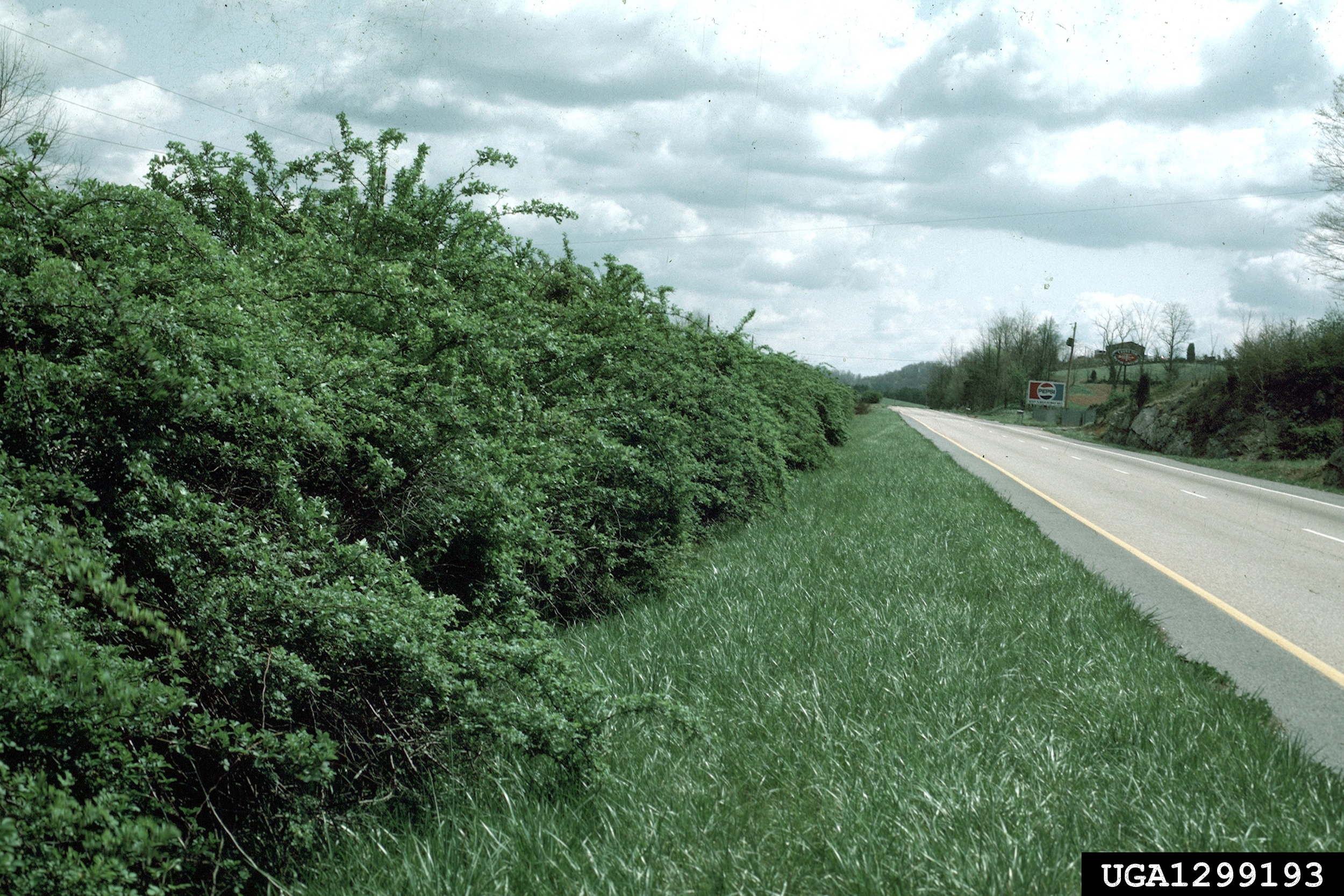Invasive Plant Control
Noxious weeds and invasive plant species have become a prevalent issue facing land owners and managers. Invasive plants have little natural competition and rapidly take over the habitat of native plant species.
In a short time, diversity in the local plant ecosystem can be lost and wildlife and insect species are directly impacted. Ecologically sensitive sites such as freshwater wetlands, sand dunes, coastal plains or sites adjacent to waterways are highly susceptible to invasion by non-native plants.
The key to controlling invasive plant infestations is “Early Detection and Rapid Response” (EDRR).
Common Mid-Atlantic Invasive Plants
Among the many types of plant invaders populating and degrading sensitive wetland ecosystems in mid-Atlantic States, the most commonly targeted species for invasive plant control are: Japanese Knotweed, Purple Loosestrife, Phragmites and Water Chestnut.
Japanese Knotweed
Japanese knotweed is an upright, shrub-like, herbaceous perennial that can grow to over 10 feet in height. The minute greenish-white flowers occur in attractive, branched sprays in summer and are followed soon after by small winged fruits.
Japanese knotweed spreads quickly to form dense thickets that exclude native vegetation and greatly alter natural ecosystems. It poses a significant threat to riparian areas, where it can survive severe floods and is able to rapidly colonize scoured shores and islands.
Once established, populations are extremely persistent. Japanese knotweed can tolerate a variety of adverse conditions including full shade, high temperatures, high salinity, and drought. It is found near water sources, such as along streams and rivers, in low-lying areas, waste places, utility rights-of-way, and around old homesites. It can quickly become an invasive pest in natural areas after escaping from cultivated gardens. Japanese knotweed spreads primarily by vegetative means with the help of its long, stout rhizomes. It is often transported to new sites as a contaminant in filldirt seeds, sometimes distributed by water, and carried to a lesser extent by the wind.
Purple Loosestrife
Purple Loosestrife has long been a prized perennial. Its pinkish-purple flowers appear over a long period in summer. The seeds of this plant easily wash into waterways, and can be carried in the mud on the feet of waterfowl. Strands of loosestrife spread exponentially in wetlands and along stream beds. This plant should be removed by hand only if it is very young. Attempts to dig it out usually lead to re-sprouts from root fragments. Control of isolated populations can be achieved with an aggressive herbicide application program. For widespread outbreaks amongst sensitive species,a biological control effort is recommended.
Phragmites
Phragmites is an indicator that a wetland ecosystem is out of balance. Disturbances or stresses such as pollution, alteration of the natural hydrologic regime, and increased sedimentation favor invasion and continued spread of Phragmites. Phragmites provides little food or shelter value to marsh dependent wildlife, and contributes to the loss of biodiversity of the associated native fish and wildlife species typically found in a healthy ecosystem marsh. Phragmites itself becomes a greater and greater problem as the quality of an ecosystem deteriorates.
Water Chestnut
Water Chestnut (Trapa natans) is a rooted submerged aquatic plant that quickly forms dense floating mats and outcompetes native plant communities. Its decay can deplete oxygen levels, leading to fish kills. Dense growths can interfere with swimming and entangle propellers, which hinders boating, fishing, and waterfowl hunting. In mid-July, small white flowers appear on rosettes at the water's surface. When fruits form, they become submerged and dangle beneath the rosettes. These woody chestnuts develop four sharp spines and wash ashore where they can be hazardous for swimmers and walkers, and can even puncture bike and ATV tires.



























